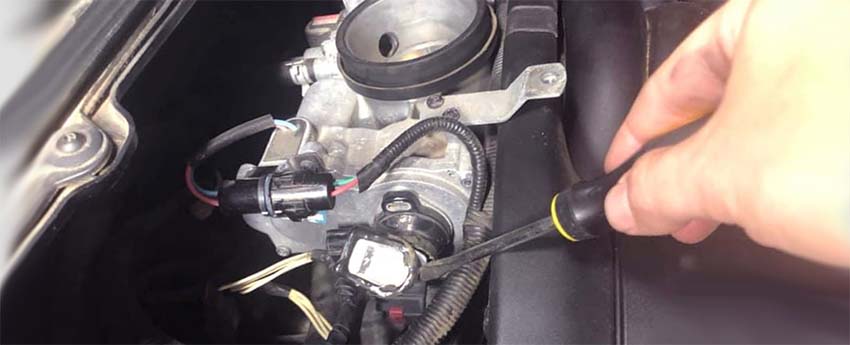Failsafe engine mode, often referred to as ‘limp mode,’ is a functional state induced by the vehicle’s onboard computer system when it detects an issue that could potentially damage the engine. It’s a protective mechanism engineered to minimize harm to the engine, while still enabling the vehicle to function, albeit at a restricted capacity. This vital safeguard is activated in response to a multitude of conditions ranging from minor system faults to substantial mechanical problems.
Understanding Why and When Failsafe Engine Mode is Activated
Failsafe engine mode is triggered when the vehicle’s computer system spots a malfunction that could lead to considerable damage or a complete engine failure. Various factors can induce this, such as overheating, incorrect sensor readings, low fluid levels, or transmission problems. Notably, overheating is a frequent cause which underlines the significance of an efficient cooling system. For instance, a high-quality component like the Best Cummins Radiator, which we’ve discussed extensively in another article, can effectively control engine temperatures, thereby lowering the likelihood of the failsafe engine mode activation.
Identifying the Signs and Symptoms of Failsafe Engine Mode Activation
When your vehicle goes into the failsafe engine mode, certain signs will indicate this change:
- The engine power may suddenly decrease.
- Vehicle speed could be restricted.
- The overall performance of the vehicle may decline.
- Warning lights might illuminate on the dashboard.
- You might experience difficulty when accelerating or feel that the gears don’t shift smoothly.
- In more severe cases, the vehicle may stall.

How to Diagnose and Troubleshoot Failsafe Engine Mode
Upon noticing that your vehicle has entered failsafe engine mode, it becomes essential to diagnose and address the underlying issue promptly. In most instances, a diagnostic tool or scanner can be utilized to read the error code generated by the vehicle’s computer system. Once the root problem is identified, the necessary corrective action can range from replacing a sensor to more complex mechanical repairs. Given the complexity of modern vehicle systems, consulting a professional mechanic is often the best course of action.
The Significance of Vehicle Maintenance and Risks of Ignoring Failsafe Mode
One cannot overemphasize the importance of regular vehicle maintenance in preventing the activation of failsafe engine mode. Routine checks and upkeep of critical components like the cooling system, transmission fluid, and engine sensors can pre-empt potential issues before they worsen. By doing so, it helps avoid triggering the failsafe mode and preserves the vehicle’s longevity. Conversely, ignoring the signs of a vehicle in failsafe mode can lead to severe consequences. Continued operation under this state can cause irreversible damage to the engine or transmission. Ultimately, the vehicle might fail to start or run, which could necessitate costly repairs or even a complete engine replacement. Therefore, it’s crucial to address any issues as soon as they become evident.



